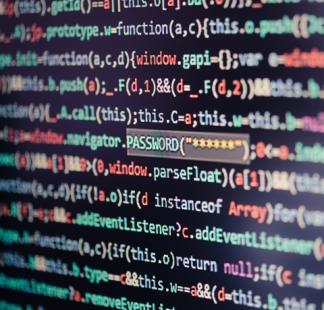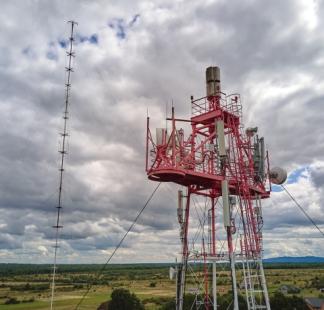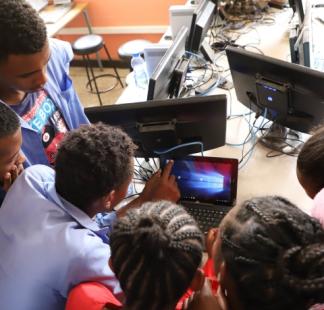- Lena Lattion
Description
This course will focus on Future Broadband Internet, Cloud Computing and Internet of Things, including technologies, regulation and business aspects. It will cover Internet technologies, including IPv6, migration from IPv4 to IPv6, DNS, DHCP, Internet networking, HTTP 2.0, IP interconnection, IP QoS, cybersecurity, as well as Internet governance. Also, the course will include MPLS/IP transport, VPNs, Carrier Ethernet, as well as future gigabit copper, fiber optic, submarine cable, and satellite broadband access. Further, it will cover Software Defined Networking (SDN) and network virtualization (NFV) for fixed and mobile access and core, ITU's Cloud Computing architectures and models (SaaS, PaaS, IaaS), cloud security and privacy, OTT and telecom clouds, edge and fog computing services, as well as clouds governance. It will also include Internet of Things (IoT) and Web of Things (WoT), including critical IoT and massive IoT, data management, Big Data architectures, Big Data-driven networking, as well as IoT/data security, privacy and trust. The course will also include use of Artificial Intelligence (AI) for Internet and telecoms. Finally, it will cover future broadband OTT services (video, social, AR/VR, Web 3.0) and net neutrality, future IPTV, Industry 4.0, smart city, future clouds, future IoT/Big-Data/AI services, including their business and regulatory aspects.











